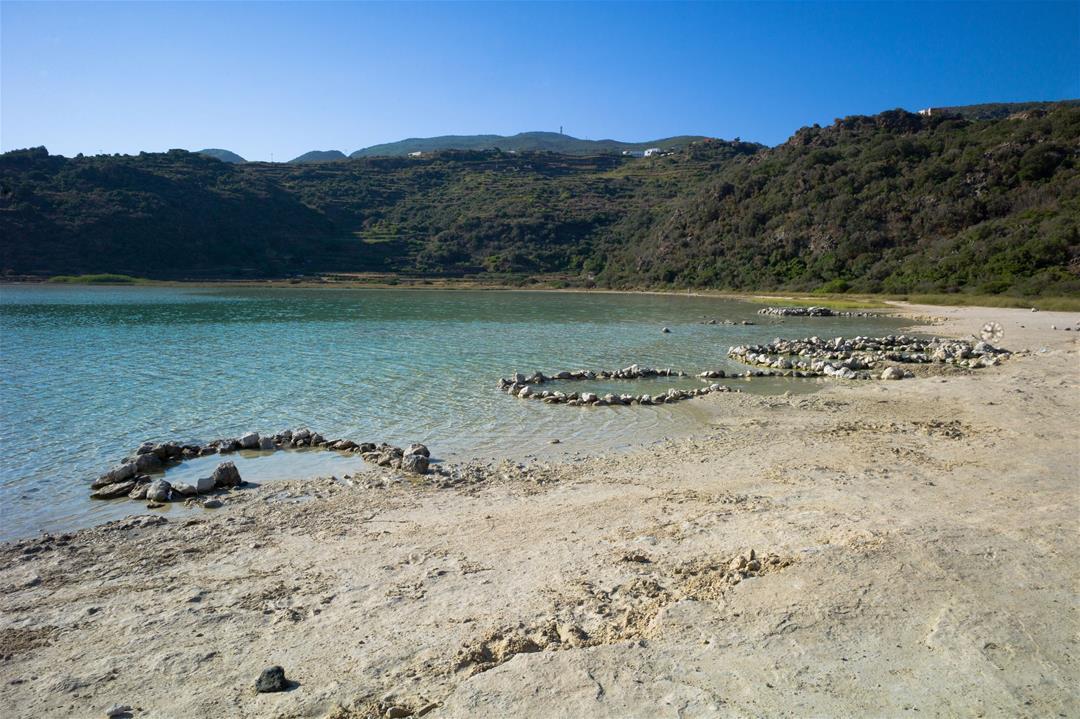An 11-year-old girl caught gonorrhea after bathing in a hot pool, her doctors have concluded in a case report.
The girl, from Austria, showed up at her doctors following a burning sensation in her genitals, as well as discharge, which had not resolved after using over-the-counter antifungal cream. Her pediatrician examined her and found her to be displaying no obvious symptoms, but a swab taken from her tested positive for Neisseria gonorrhoeae – the bacterial pathogen responsible for gonorrhea.
As she was such a young patient, this prompted her doctors to investigate the possibility of sexual abuse. However, her family tested negative for the infection, and the girl denied any sexual contact whatsoever. But she had recently visited a possible source of infection: a beautiful hot pool on an island paradise.
In August of 2020, the girl was on holiday on Pantelleria Island, Italy, when the family visited the crater lake Specchio di Venere (“Mirror of Venus”). Having swum in the lake, she then soaked in a shallow hot pool around the lake's edge for about an hour. The pools, which the report published in the Journal of Medical Case Reports notes were "heavily used", remain at about body temperature and contain mineral and organic particles which may increase the survival chance of Neisseria gonorrhoeae. It's assumed that a previous user of the pool was infected with the disease, which due to poor timing then infected the girl as she bathed.

The team stress that sexual abuse should always be the first consideration in such cases, but suggest that it's not always the case.
-"Authorities are reluctant to acknowledge that the mode of transmission may also be nonsexual, and that the infection is not definitive evidence of sexual assault," they write, adding "a presumption that a gonococcal infection is diagnostic of sexual abuse can be dire, with children wrongfully removed from their parents’ care, and their caregivers facing false charges of sexual crimes."
They point to other cases, including that of an 8-year-old who likely got the sexually transmitted infection from a toilet seat, according to her doctors. As well as this, there have been outbreaks of gonorrhea – prior to antibiotics – which were traced to "common baths, as well as to towels, wash rags, diapers, bandages, bed linens, instruments, and children’s hands".
The team state that catching the disease from a shallow pool is much more likely than from a toilet seat, given the conditions that a hot pool provides (heat that is close to body temperature, slightly acidic, containing organic particles) are more optimal for gonococcus.
"There needs to be public understanding that people bathing in heavily frequented shallow thermal pools risk exposure to pathogens through inoculation by other bathers, including Neisseria gonorrhoeae, but also fecal contaminants such as Escherichia coli and Pseudomonas sp.," the team writes.
"We suggest provision of a shower and antibacterial soap near the hot springs. A sign should make visitors aware of strict hygiene before entering the pools."
We'd suggest that "beware of gonorrhea" should do it.









